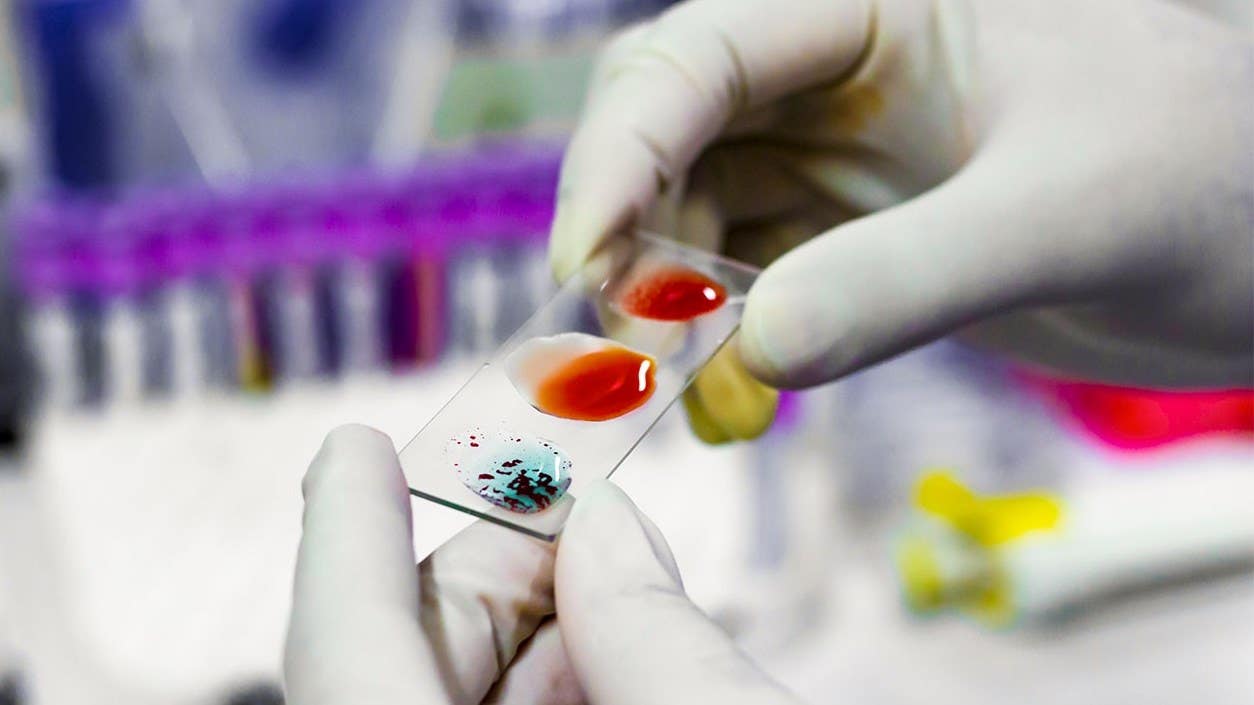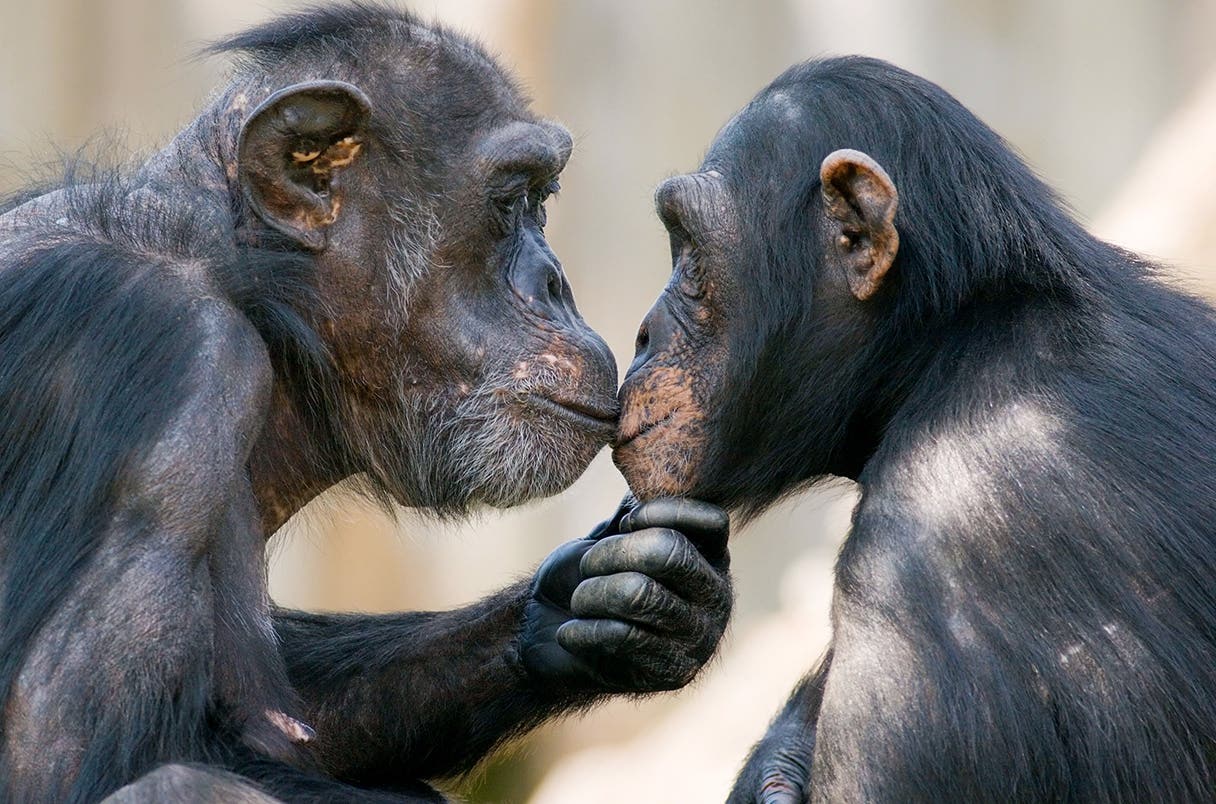Scientists discover new, ultra-rare, blood type
Scientists uncover a rare blood type called “Gwada negative,” marking the 48th known human blood group system, PigZ.

Scientists identify a new blood type, “Gwada negative,” adding the 48th blood group system to human biology. (CREDIT: CC BY-SA 4.0)
A routine medical test turned extraordinary for a woman from the Caribbean when doctors found something completely new in her blood. Nearly 15 years ago, while preparing for surgery in Paris, doctors discovered a mysterious antibody in this patient's bloodstream. After a decade of investigation, scientists have now identified that antibody as the marker of an entirely new blood type called "Gwada negative."
This discovery has added a completely new blood group system to human biology, officially named "PigZ," making it the 48th known blood system recognized worldwide. The French Blood Establishment (EFS) recently shared this groundbreaking finding, which the International Society of Blood Transfusion (ISBT) officially recognized during a recent meeting in Milan.
A Unique Genetic Discovery
The patient, originally from Guadeloupe, a French island in the Caribbean, unknowingly held a genetic mutation from both parents. Researchers first encountered this unusual antibody back in 2011. At that time, the tools to fully explore this anomaly weren’t available. It wasn’t until 2019, using advanced DNA sequencing technology, that scientists finally cracked the genetic puzzle.
Thierry Peyrard, a biologist at the French Blood Establishment involved in the research, told Agence France-Presse (AFP), “She is the only person in the world who is compatible with herself.” This remarkable fact means she could receive blood transfusions only from herself, making her blood exceptionally rare.
Named after the woman’s home region, the new blood type "Gwada negative" was chosen because it “sounds good in all languages,” according to Peyrard. The patient remains the only known individual with this blood type, though scientists are hopeful that more cases could be identified with further research.
How Blood Groups Were Discovered
Understanding blood types began over a century ago. Austrian-American doctor Karl Landsteiner identified the first human blood types—A, B, and O—in 1901. His discovery, which earned him the Nobel Prize in 1930, was vital for making blood transfusions safe and successful.
Related Stories
Before Landsteiner’s work, blood transfusions often led to serious reactions or even death. He found that mixing blood types could cause red blood cells to clump together, a dangerous reaction known as agglutination. This discovery clarified why transfusions frequently ended disastrously, paving the way for modern transfusion practices.
Soon after, researchers identified a fourth type, AB. Today, these four blood types—A, B, AB, and O—form the ABO system, the most well-known classification of blood groups.
Beyond the Basics: Understanding Blood Types
While the ABO blood system is widely recognized, human blood is far more complex. Besides the ABO types, your blood may also be classified based on the presence or absence of the Rhesus (Rh) factor, another important antigen. Combining the ABO and Rh systems gives eight common blood types: A+, A-, B+, B-, AB+, AB-, O+, and O-.
However, there are hundreds of lesser-known antigens, with scientists identifying over 366 antigens affecting blood type classification. Even slight variations in these antigens can create rare blood types, making matching for blood transfusions increasingly challenging.
The discovery of the "Gwada negative" blood type highlights the complexity of human blood. It also emphasizes the importance of continual research and advanced technologies, like genome sequencing, to identify rare blood variations.
Enhancing Medical Care Through Blood Research
Every year in the United States, doctors transfuse over 14 million units of blood. Matching blood accurately to patients is crucial. For individuals with rare blood types, securing compatible blood can be life-saving and significantly more complicated.
“Discovering new blood groups offers patients with rare blood types a higher level of care,” emphasized the EFS in an official statement. The organization's ongoing research supports improving medical outcomes and quality of care for patients worldwide.
As researchers continue studying the "Gwada negative" blood type, the hope is to discover additional individuals with this rare genetic mutation. Each discovery of a new blood type expands scientific knowledge, enabling doctors to provide better care and ensure safer medical practices for all.
In an age where genetic research moves quickly, findings like the "Gwada negative" blood type are not only fascinating but essential. They underscore humanity's genetic diversity and encourage ongoing exploration to improve healthcare globally.
Note: The article above provided above by The Brighter Side of News.
Like these kind of feel good stories? Get The Brighter Side of News' newsletter.



